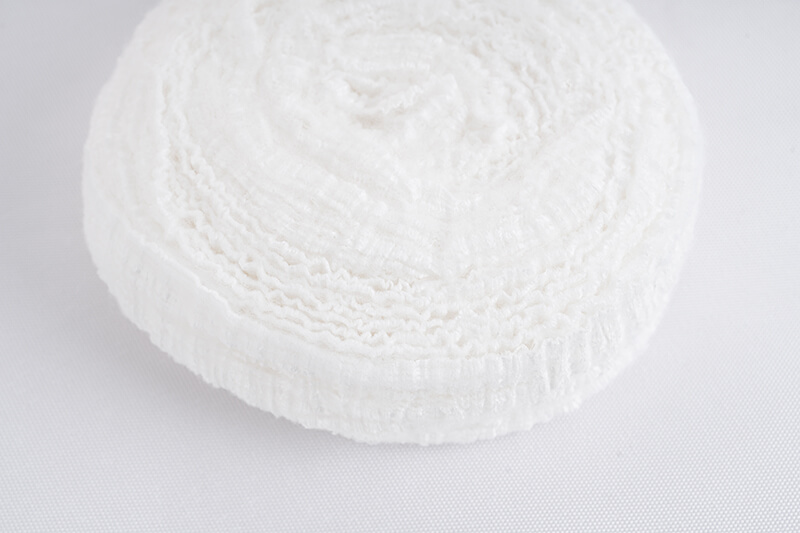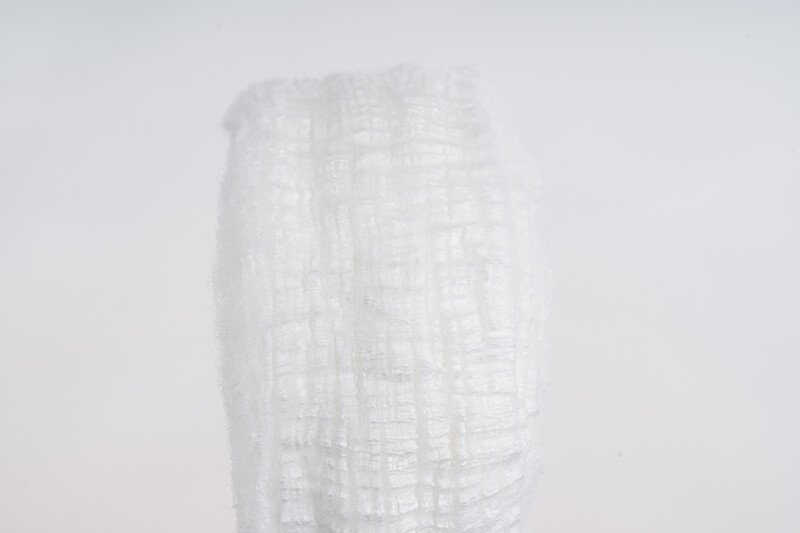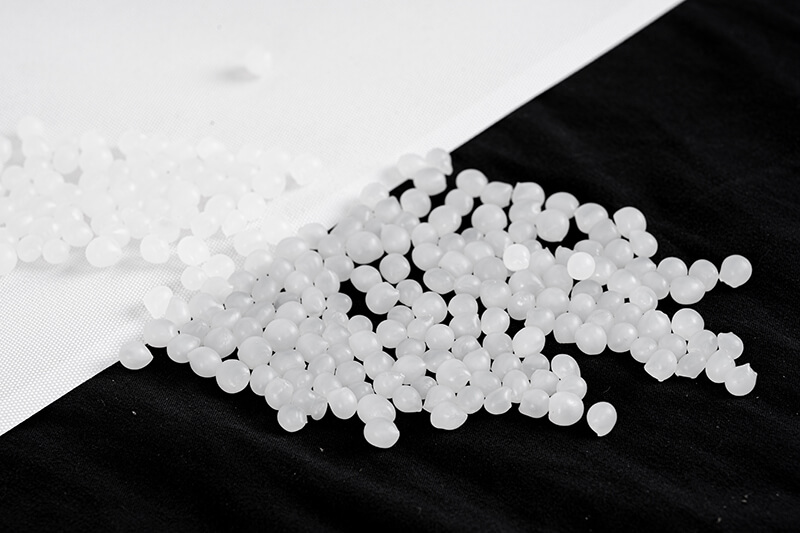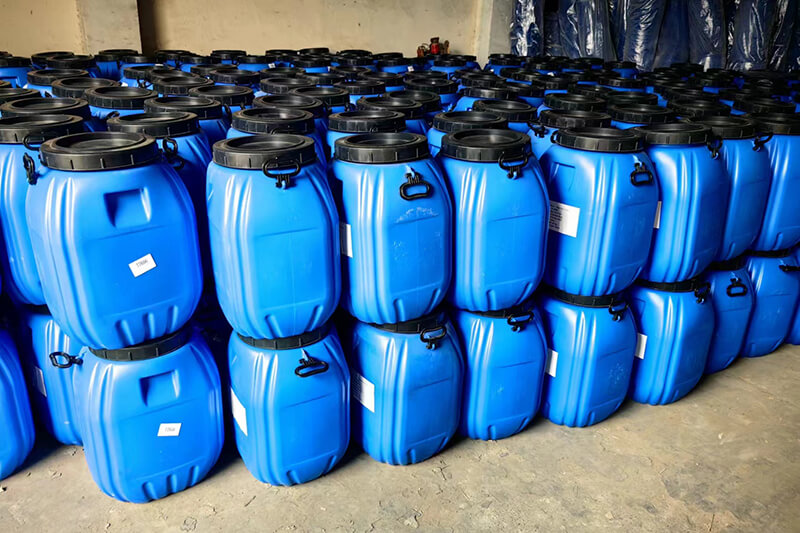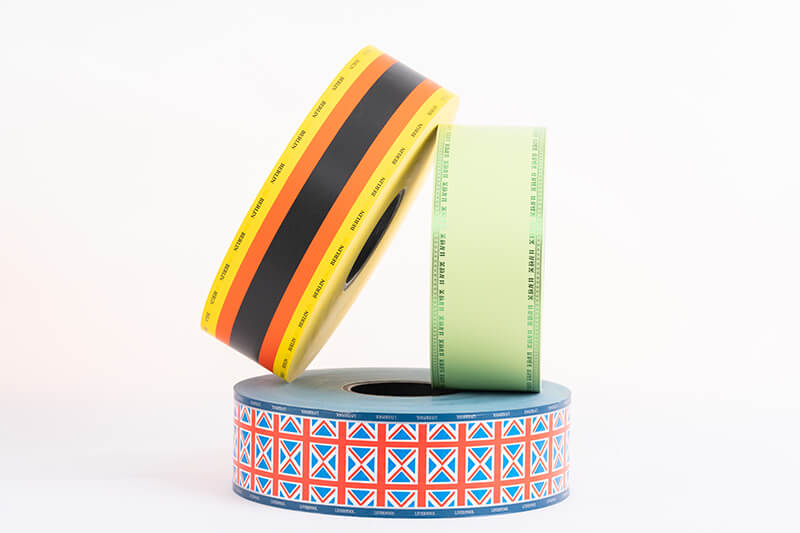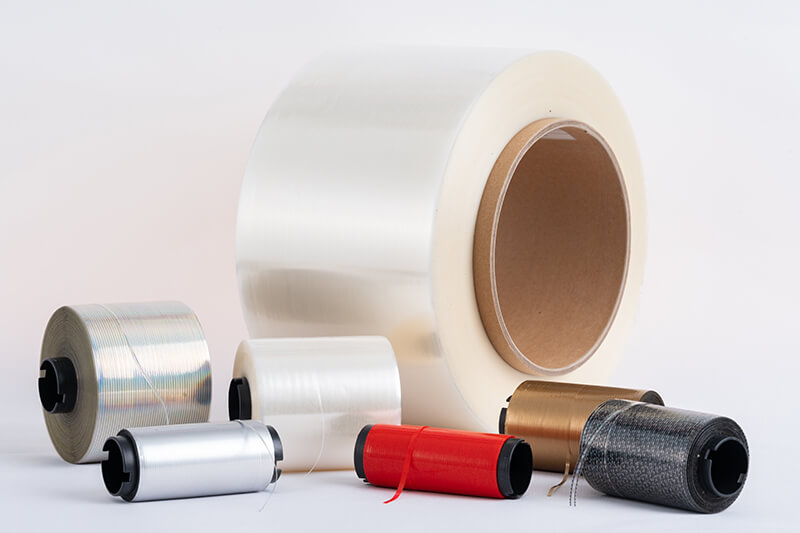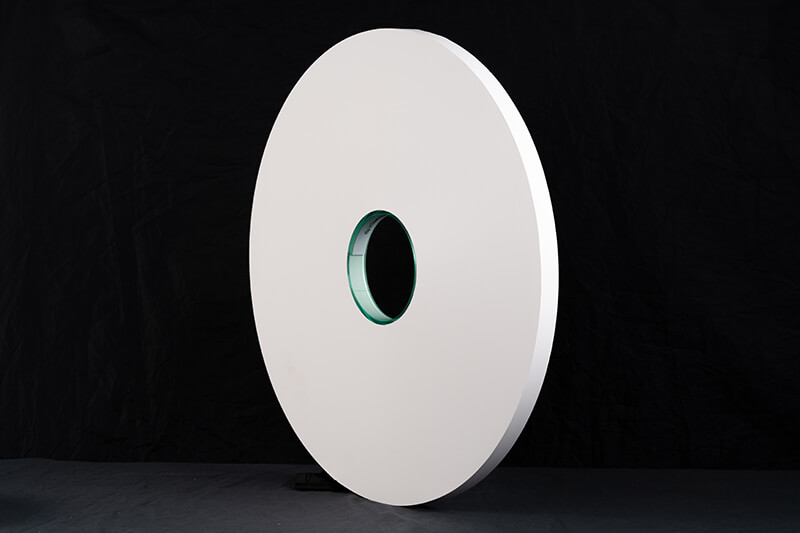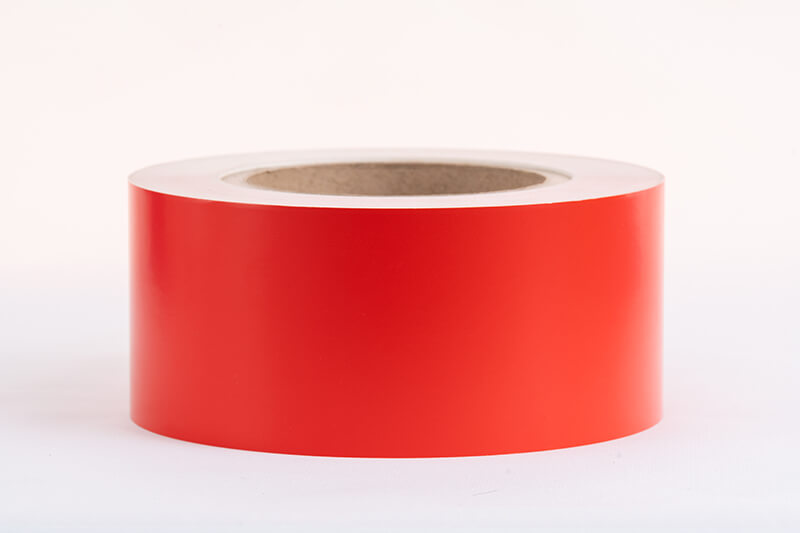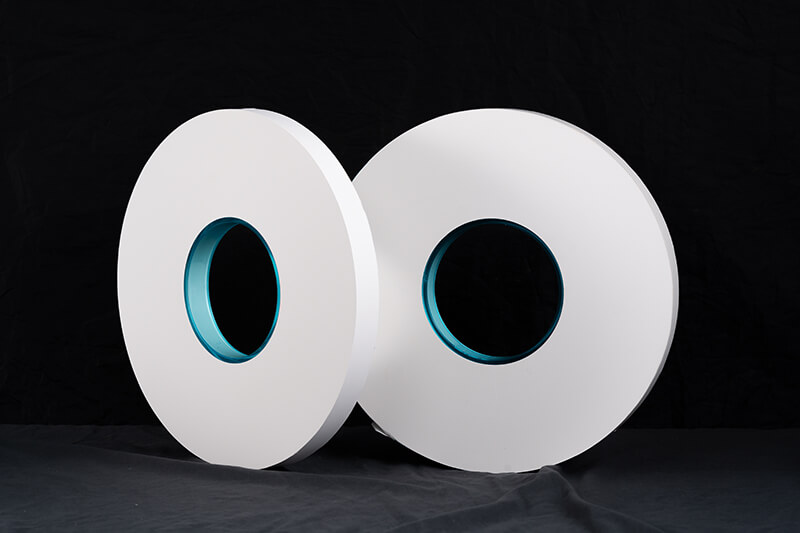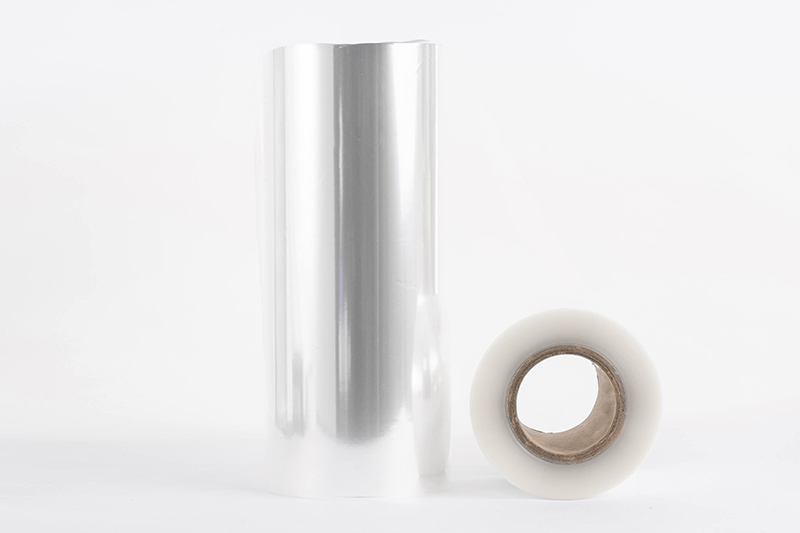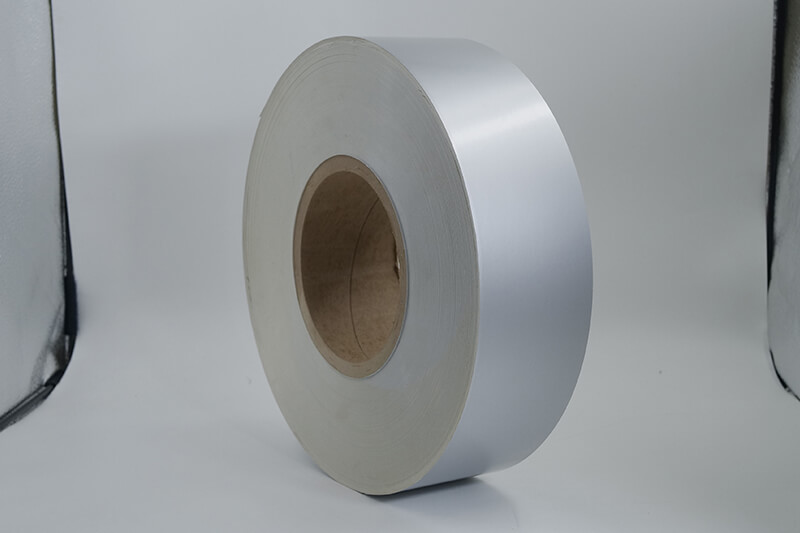



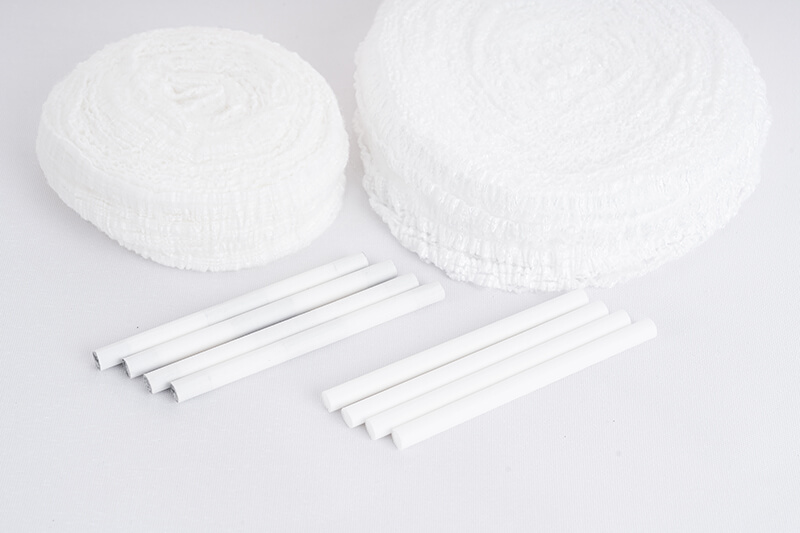
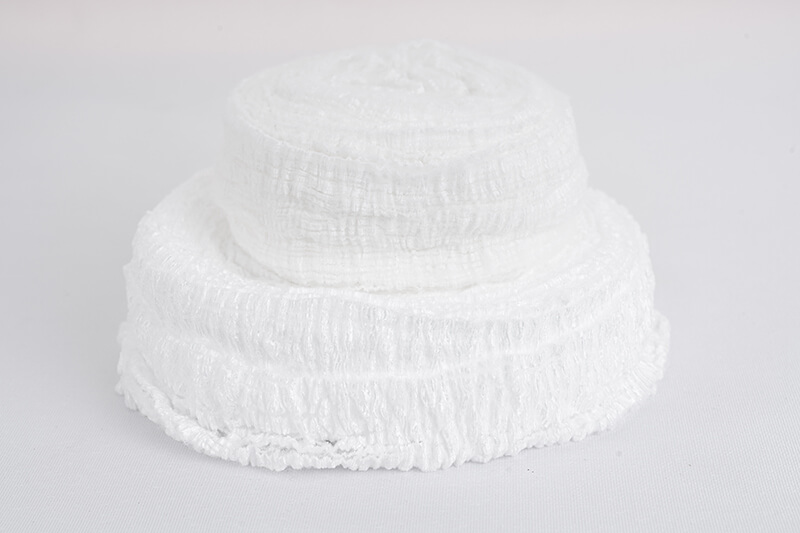






Cigarette Filter Rod
Cigarette filter rod typically located at one end of the cigarette and is designed to modify the smoke before it is inhaled. The filter rod is usually made from a combination of materials.
- Filtration Efficiency
- Porosity and Airflow
- Material Composition
- Length and Diameter
- Shape Retention
- Compatibility with Cigarette Paper and Tobacco
- Moisture Resistance
Cigarette Filter Rod Description
A cigarette filter rod is an important component of modern cigarettes.
It is typically located at one end of the cigarette and is designed to modify the smoke before it is inhaled. The filter rod is usually made from a combination of materials. One of the main materials is cellulose acetate tow. The fibers of acetate tow are bundled together to form the rod – like structure.
The primary function of the cigarette filter rod is to reduce the amount of tar and some harmful chemicals that enter the smoker’s mouth and lungs. As smoke passes through the filter, particles such as tar are physically trapped by the fibers. Additionally, the filter can also affect the taste and smoothness of the smoke. It can mellow the harshness of the raw tobacco smoke and provide a more comfortable smoking experience for consumers.
The length and density of the filter rod can vary among different cigarette brands and types. Manufacturers often adjust these parameters to achieve specific filtration efficiencies and smoking characteristics. The filter rod also provides a convenient place for printing brand names, logos, and sometimes health warnings, making it an important part of the cigarette’s overall appearance and marketing.
Cigarette Filter Rod Data Sheet
| Item | Unit | Technical requirement |
| Length | mm | 132±0.5 |
| Circumference | mm | 24.2±0.20 |
| Suction resistance | mmWG | 350±35 |
| Hardness | % | ≥84 |
| Roundness | mm | ≤0.35 |
| Moisture content rate | % | ≤ 8.0 |

